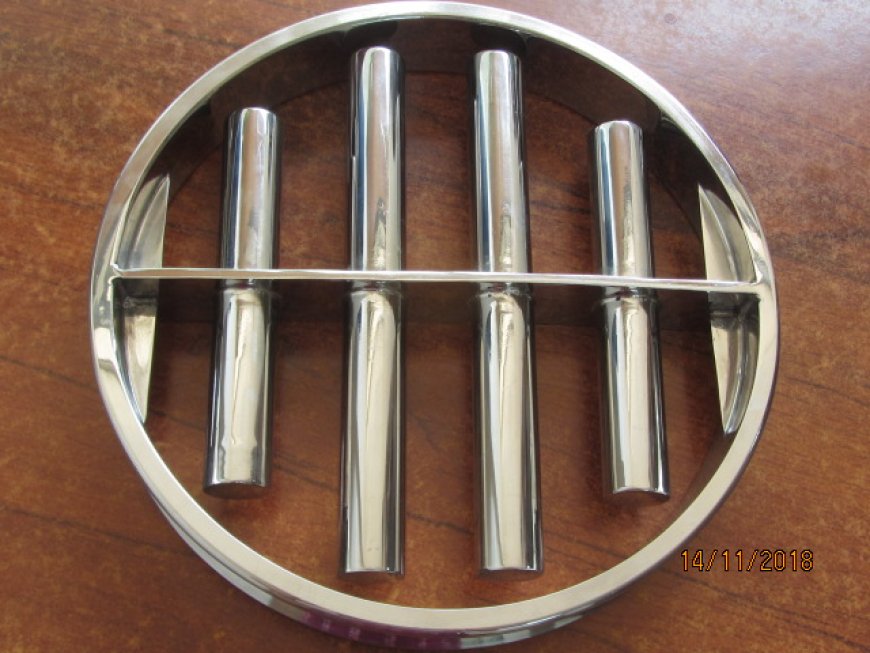How Hopper Magnets Improve Efficiency in Plastic Injection Molding
Hopper magnets are specialized magnetic separators designed to remove ferrous contaminants from resin materials, ensuring a cleaner and more reliable production process.

In the realm of plastic injection molding, where precision and efficiency are paramount, innovations like hopper magnets play a crucial role in enhancing operational efficiency and product quality. Hopper magnets are specialized magnetic separators designed to remove ferrous contaminants from resin materials, ensuring a cleaner and more reliable production process.
Understanding Hopper Magnets
Hopper magnets are strategically placed in the material feed hopper of plastic injection molding machines. Their primary function is to attract and capture ferrous particles such as iron and steel from the raw resin pellets before they enter the processing unit. This preventive action helps prevent costly equipment damage, reduces downtime for cleaning, and enhances the overall operational efficiency of the molding process.
Benefits of Using Hopper Magnets
1. Enhanced Equipment Protection: By capturing ferrous contaminants at the entry point, hopper magnets prevent these particles from reaching the critical components of the injection molding machine. This protection extends the lifespan of equipment and reduces maintenance costs.
2. Improved Product Quality: Contaminants in plastic materials can lead to defects in molded products, affecting their appearance, strength, and functionality. Hopper magnets ensure cleaner resin pellets, resulting in higher-quality finished products with fewer imperfections.
3. Reduced Downtime: Regular cleaning and maintenance of injection molding machines due to ferrous contamination can lead to significant downtime. Hopper magnets minimize the need for frequent interruptions, allowing for more continuous production runs and increased output.
4. Cost Efficiency: Investing in hopper magnets is a cost-effective measure in the long term. By preventing equipment damage and reducing downtime, manufacturers can achieve higher productivity levels and lower overall operational costs.
Applications in Plastic Injection Molding
Hopper magnets find extensive use across various sectors of plastic injection molding:
-
Automotive Industry: Used in the production of automotive components to maintain strict quality standards.
-
Consumer Goods: Ensures the cleanliness and integrity of plastic parts used in household appliances and electronics.
-
Medical Devices: Critical for maintaining sanitary conditions and product safety in medical device manufacturing.
-
Packaging: Essential for ensuring food safety and quality in packaging materials.
Choosing the Right Hopper Magnet
When selecting hopper magnets for plastic injection molding applications, several factors should be considered:
-
Magnetic Strength: Ensure the magnet's strength is appropriate for the size and type of ferrous contaminants typically encountered.
-
Cleaning Mechanism: Evaluate whether a manual or self-cleaning mechanism is more suitable based on operational needs and frequency of use.
-
Compatibility: Verify compatibility with the resin materials being processed and the specific requirements of the injection molding machine.
Future Trends and Innovations
As technology advances, new innovations in hopper magnet design continue to emerge. These advancements focus on improving magnetic strength, enhancing cleaning mechanisms, and integrating IoT (Internet of Things) capabilities for real-time monitoring and predictive maintenance.
Conclusion
In conclusion, hopper magnets play a pivotal role in optimizing plastic injection molding processes by ensuring cleaner resin materials, protecting equipment, and improving overall efficiency and product quality. Manufacturers looking to enhance their production capabilities and reduce operational costs should consider integrating hopper magnets into their injection molding systems.
By investing in reliable hopper magnet solutions tailored to their specific needs, manufacturers can achieve higher levels of operational efficiency, reduce waste, and maintain competitive advantages in the dynamic world of plastic injection molding.
What's Your Reaction?
























